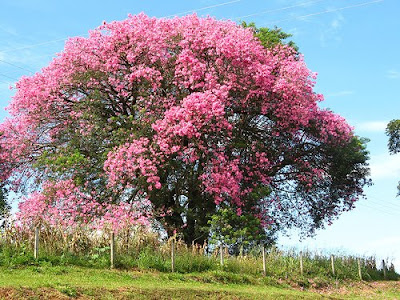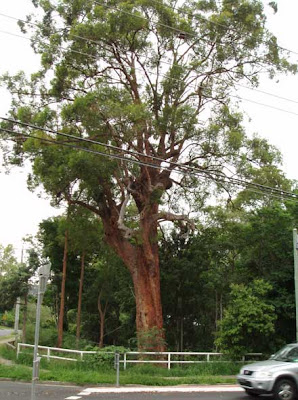 HEIGHT 20–33 ft (6–10 m)
HEIGHT 20–33 ft (6–10 m)TYPE Deciduous
OCCURRENCE China, Japan
Cultivated for over 1,500 years for its variously colored blossoms, this Japanese apricot has more than 300 cultivars. It has a rounded crown. BARK Gray to greenish. LEAF Alternate, ovate, hairy, sharply toothed margins. FLOWER Large, white to pink to red, and fragrant; borne singly or in pairs on old wood. FRUIT Spherical to ovoid drupe, fleshy, yellow, barely edible.








